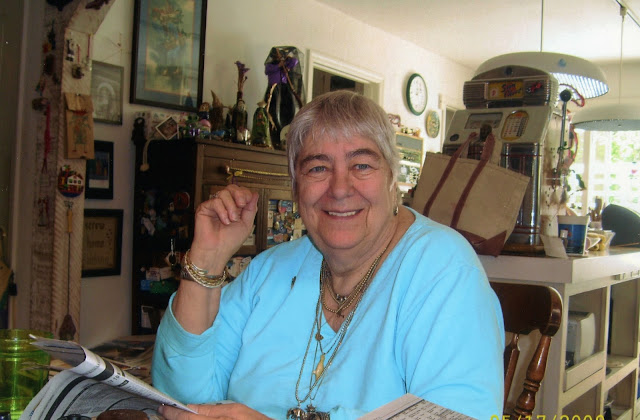I'll be in India for just two more weekends. While I am desperately looking forward to coming home, I am overwhelmed by the experiences I still want to have while I am here.
The past four months have stretched on for what feels like a year, but when I think about having less than two weeks left in Bangalore it suddenly feels as if I just arrived at 3 AM, jet lagged, nervous and excited. Such is the funny nature of time.
 |
| You try crossing this street! |
I've yet to take any cooking classes and I never found a serviced apartment to live in - I've been in a hotel the whole time. I have a million things I still want to buy for myself, family and friends, and I feel the pictures I've taken haven't captured enough of what life here has been like.
One thing that I wasn't prepared for and that I have learned to live with is the number of interruptions that occur in everyday life. For example, walking in the states is generally associated with a therapeutic activity - Passion Pit even memorialized this in their song,
Take a Walk.
An apt song title for walking in Bangalore is
Say a Prayer or
Please Don't Die. Sidewalks are rare, and cars, auto rickshaws, and two-wheelers pay little heed to pedestrians. Cross walks are virtually non existent, and when you do find one, they are useless as motorists frequently disobey traffic signals.
 |
| Aerial view of the local market traffic |
In the US, people use the horn to say "watch out!" or "go!" or "stop texting and pay attention!" In Bangalore, horns are used to announce the presence of the car to the world, as if the world is blind.
When you walk, motorcycles fly by you, blaring their horn every time they approach, even if you're not in the way. Auto rickshaws honk incessantly to see if you need a ride. Cars honk to announce they need everyone else to clear the road so they can squeeze their "four wheeler" down the pot-holed, dug-up, double-parked, trash-filled street, as if they win right of way because they're the biggest.
So between the horns, trying not to step on trash, in mud, or in stray dog poop, and generally just trying not to die, walking around the city is transformed from a therapeutic activity to one that sends you
to therapy. I must say though, that I've mastered the skill of walking on Indian roads - don't text, keep your eyes down, don't make eye contact, and just keep on walking.
The workplace is also filled with interruptions. My company's offices are expanding, but the new workspaces are not yet ready, so cubicles designed for two people have been converted to space for three by simply throwing an extra chair at each workspace. Since it's impossible for three people to sit comfortably side-by-side, most office cubicle dwellers, myself included, move one of the unoccupied chairs to the aisle. This chair situation turns simple activities such as walking to the bathroom or getting a glass of water into a test of agility, patience and balance.
 |
| Two-wheeler parking bumps right up to the masquerade of a sidewalk |
There's also a dearth of conference rooms, so most people take conference calls at their desk - on speakerphone. One of my colleagues from the US visited my office here last week and exclaimed, "I don't know how you work in this environment. Not to sound snobby, but I just couldn't."
It's not ideal, but what option do I have? I've had to adapt.
All these disruptions - horns honking, elevated stress during commutes, lack of quiet space in the workplace - take a physical toll. Someone told me that people in Bangalore get sick a lot, and that's true. Over the past four months, every single person on my team - myself included - has been sick at least once. Poor city sanitation, pollution, food quality, I'm not sure - but it's a serious problem.
Even the idyllic city escapes such as Nandi Hills and Lal Bagh park are increasingly infected with two-wheelers - and their incessant horns.
I have a friend here from India who mentioned that when he went to Florida for the first time, he had difficulties falling asleep because it was too quiet. I wonder if I'll experience reverse culture shock when I go back to the States. I wonder if I'll miss the horn chatter or feel a lack of stimulation in the US office, which disabled the speakerphone button on the office phones.
One thing is for sure - I do plan to use my horn more - once I'm finally back behind the wheel of my car!
























